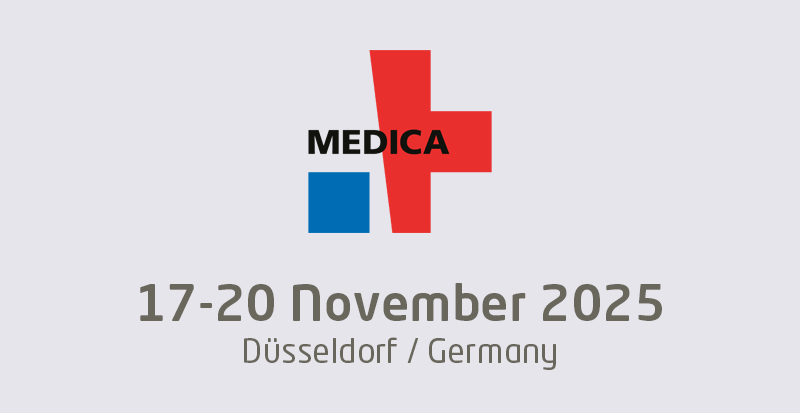1. Abstract
This paper explores the global EMR industry through market sizing, regional adoption trends, key drivers and restraints, competitive structure, deployment models, innovation frameworks, and future outlook—with a focus on India’s growth dynamics.
2. Introduction
Electronic Medical Records (EMRs), often used interchangeably with Electronic Health Records (EHRs), are systems that store digital patient medical histories and/or provide clinician workflows managing orders, prescriptions, and results
With increasing healthcare digital transformation, EMR adoption is accelerating globally, underpinned by regulatory incentives and cost-efficiency needs.
3. Global Market Overview & Forecast
- The global EMR market is projected to exceed USD 54.9 billion by 2028
- Growth is expected to sustain with annual CAGR in excess of 10% in the coming years
- By 2027, both hospital-based and physician-deployed EMR systems continue to expand strongly across regions including North America, Europe, China, India, and Africa
4. Regional Focus: India
India is witnessing rising EMR adoption, especially through cloud-based and specialty-specific platforms. Local demand is driven by affordability, scalability, and alignment with chronic care management needs. India is emerging as one of the key growth regions in Asia with accelerating EMR deployment across hospitals and clinics
5. Drivers, Restraints & Opportunities
Key Drivers
- Government policy mandates (e.g. digital health missions), reimbursement-linked adoption, and continuous pressure to reduce healthcare costs
- Cloud‑based EMR services offering lower total cost of ownership and flexibility
Restraints
- High initial capital expenditure and technical infrastructure requirements
- Data privacy, cybersecurity concerns, and poor interoperability across systems and providers
Opportunities
- Expansion of specialty-focused EMRs (e.g. cardiology, dentistry), AI-enabled clinical decision support, and cross-provider health information exchange initiatives.
Innovation & Technology Trends
- Machine learning deployment into live EMR systems: The DEPLOYR framework demonstrated real‑time clinical model inference integrated within Epic EMR at Stanford Health Care, highlighting implementation and monitoring best practices
- Deep learning patient representation learning: Reviews of RNN/LSTM/GRU-based models for patient outcome predictions using structured EHR data—emphasizing need for standardized, shareable datasets
- Blockchain for secure EMR sharing: Frameworks developed for immutable, privacy-preserving exchange of EMR data, especially in cancer care settings
Conclusion & Future Outlook
- The global EMR sector continues robust growth—with estimated market value nearing USD 55 billion by 2028, and double‑digit CAGR beyond 2025.
- India and other emerging economies will play a pivotal role, with increased uptake of cloud-based and specialty systems.
- The future lies in AI‑powered decision support, interoperability standards (such as FHIR), secure data exchange (e.g. via blockchain), and regulatory-aligned governance frameworks like DEPLOYR.

























